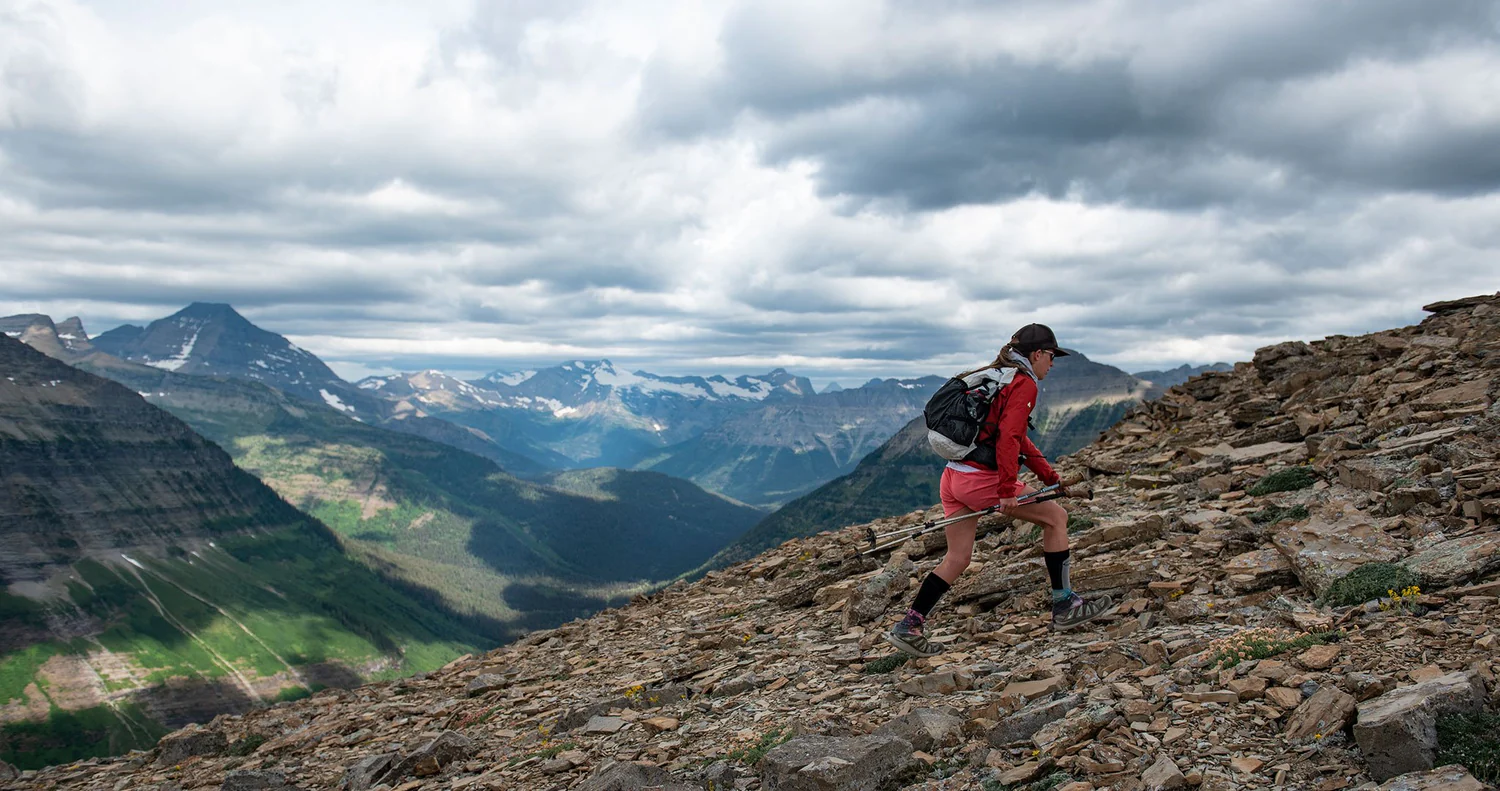Embarking on your first backpacking trip is an exciting adventure, but choosing the right gear can feel overwhelming. The key to a successful trip is balancing comfort, safety, and weight while ensuring your gear suits your destination and trip duration. This guide will walk you through essential backpacking items and provide practical tips to help you make informed choices.
Why Choosing the Right Gear Matters
The right backpacking gear can mean the difference between an enjoyable experience and a challenging one. Ill-fitted equipment or missing essentials can lead to discomfort, increased fatigue, or even safety risks. Whether you’re heading to a local trail or a national park, proper preparation ensures you’re ready for the unexpected.
Backpack: Your Foundation for Success
Your backpack is the cornerstone of your gear. Look for a pack that fits your torso length and offers adjustable straps for a snug, comfortable fit. It should have a capacity appropriate for your trip duration—typically 50-70 liters for multi-day adventures.
Key Features to Look For:
- Ventilated back panels to reduce sweating.
- Multiple compartments for organized packing.
- Padded shoulder straps and hip belts for even weight distribution.
For more guidance on finding the right fit, check out this backpacking guide from REI.
Sleeping Gear: Prioritize Comfort and Warmth
A good night’s sleep is crucial for a successful backpacking trip. Invest in quality sleeping gear that matches the weather conditions of your destination.
- Sleeping Bag: Choose a lightweight, compressible bag with a temperature rating suitable for your trip. Down bags are warmer and lighter but may lose insulation when wet. Synthetic bags are heavier but perform better in damp conditions.
- Sleeping Pad: A pad adds insulation and cushioning. Foam pads are durable and affordable, while inflatable ones are lighter and more comfortable.
Shelter: Lightweight and Weatherproof
Your tent will be your sanctuary on the trail. Look for one that balances weight, durability, and protection against the elements.
- Capacity: A two-person tent offers extra space for gear.
- Weather Resistance: Ensure it has a rainfly and durable poles.
- Weight: Aim for under 5 pounds to minimize your load.
The National Park Service provides camping safety tips to ensure your shelter is up to the challenge.
Clothing: Layer Up for Versatility
Packing the right clothing involves layering to adapt to changing conditions:
- Base Layer: Moisture-wicking materials to keep you dry.
- Insulating Layer: Fleece or down to retain body heat.
- Outer Layer: Waterproof and windproof jacket for protection.
Opt for quick-drying, lightweight fabrics to reduce bulk and stay comfortable.
Footwear: The Right Fit for the Trail
Backpacking shoes or boots are critical to your comfort and safety. Look for:
- Proper Fit: Ensure there’s enough room for your toes and use hiking socks during fittings.
- Support: High-ankle boots for rough terrain; low-cut shoes for lighter trails.
- Break-In Period: Wear them on short hikes before your trip to avoid blisters.
Cooking and Hydration Essentials
Cooking Gear:
- Stove: Compact backpacking stoves are lightweight and easy to use.
- Cookware: A lightweight pot, mug, and utensils suffice.
- Food: Pack calorie-dense meals like freeze-dried options or trail mix.
Hydration:
- Water Filter or Purifier: Ensure access to safe drinking water.
- Hydration Bladder or Bottles: Aim for at least 3 liters per day, depending on the trail.
Safety and Navigation Tools
- Navigation: Bring a map, compass, and GPS device. Always familiarize yourself with the trail before heading out.
- First Aid Kit: Include bandages, antiseptic, and any personal medications.
- Multi-Tool: Useful for quick repairs or emergencies.
- Headlamp: Hands-free lighting for nighttime activities.
Tips for Packing Your Gear
Efficient packing ensures weight distribution and easy access:
- Heaviest Items: Place close to your back, centered in the pack.
- Frequently Used Items: Keep accessible in outer pockets.
- Compression Sacks: Reduce bulk for sleeping bags and clothing.
Final Thoughts: Preparation is Key
Choosing the right gear for your first backpacking trip might take some research, but it’s an investment in comfort and safety. Start with the essentials: a reliable backpack, comfortable sleeping gear, weatherproof shelter, and proper clothing. Remember, quality gear can enhance your outdoor experience and provide peace of mind.
For your first trip, consider testing your gear on a shorter hike or overnight trip to familiarize yourself with its functionality. With the right preparation, your adventure is bound to be unforgettable.

